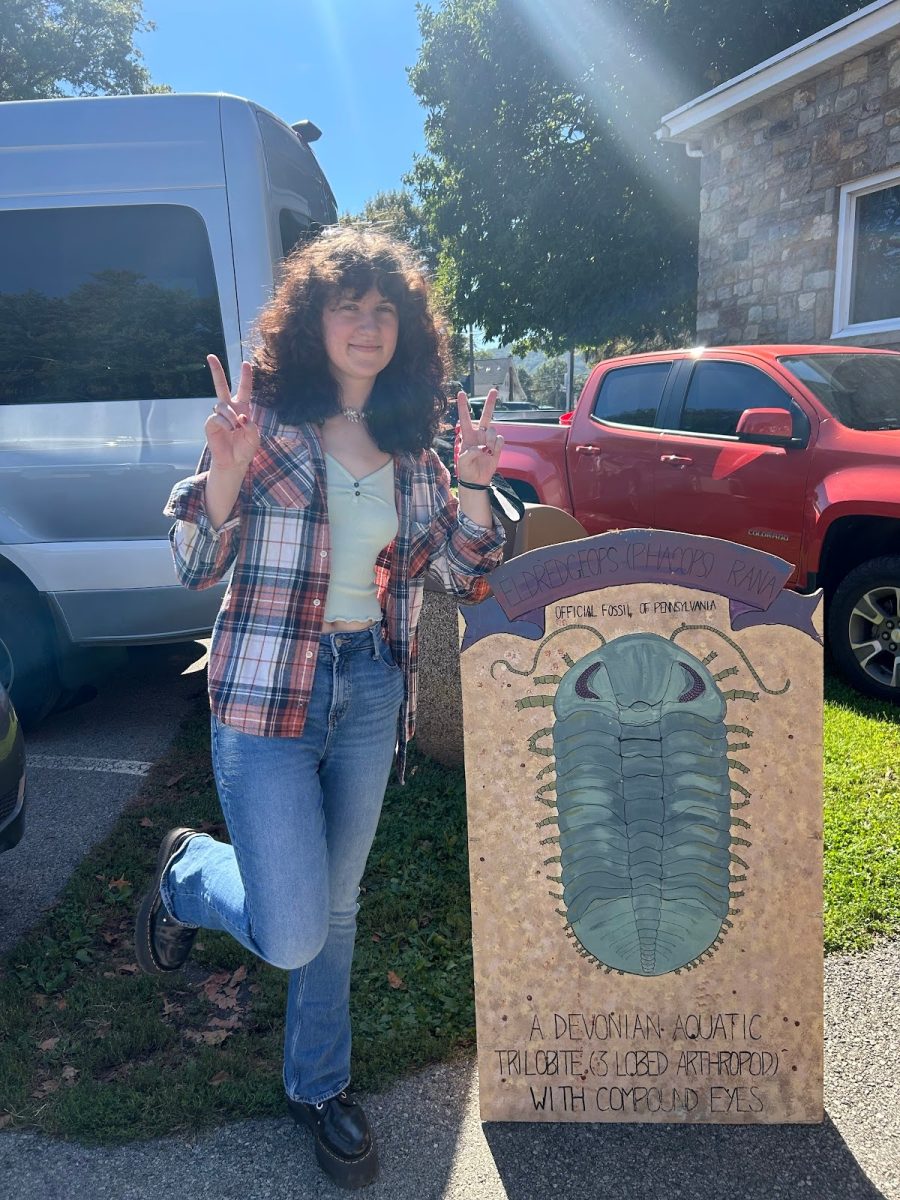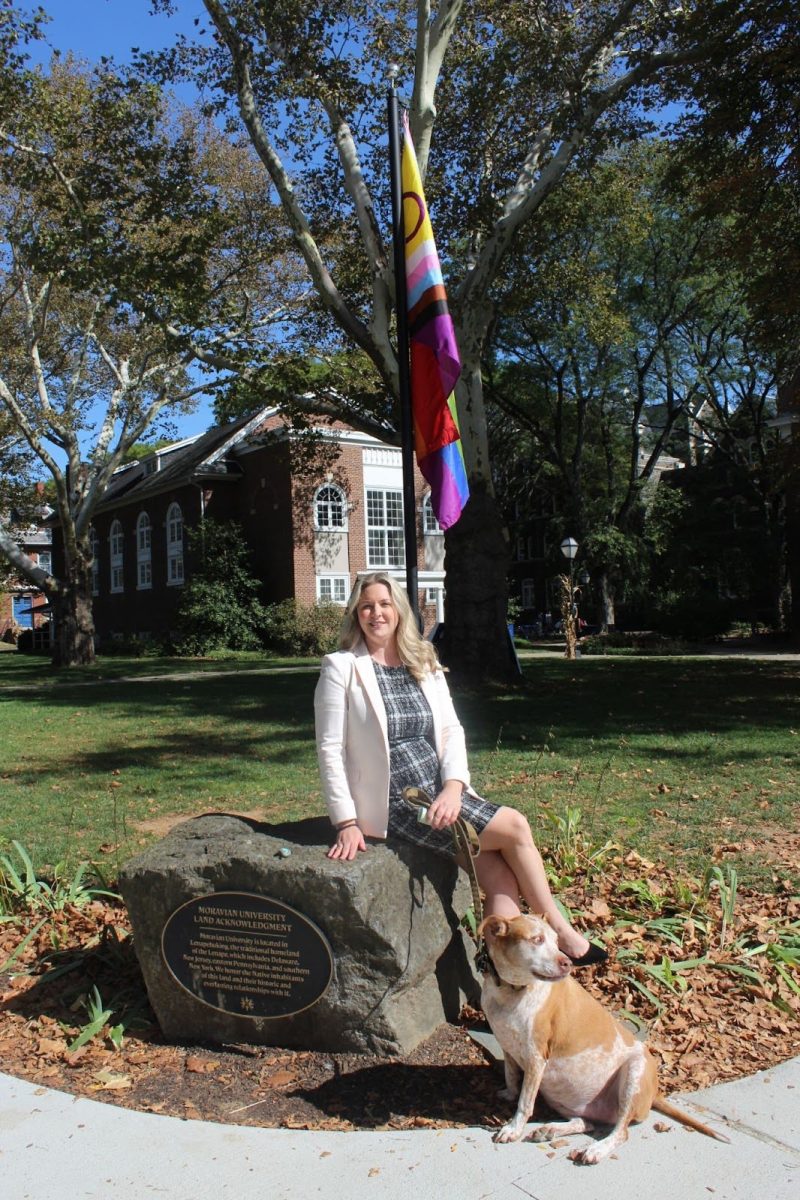
On April 18, 2024, the history department held their semesterly cookout.
Last semester, I had the pleasure of covering the cookout and trying all of the flavorsome delicacies the history department had to offer. This semester, I actually got to be a part of it! As someone who loves cooking, it was a dream come true to be able to engage in the gastronomical side of history!

Three semesters after I infamously adopted history as my second major and I could finally help with this amazing gathering! For Dr. Paxton’s History of Native North America class, my group made wild rice soup, an Anishinaabeg specialty. Our dish included seasoned beef, celery, mushrooms, wild rice, beef bouillon, and chili pepper flakes. The Anishinaabeg, an Indigenous group from the Great Lakes region, cooked this soup during winter months. Wild rice, known as manoomin, was culturally sacred and a staple for many dishes. The Ojibwe people, a collective within the Anishinaabeg, had variations of this soup that included chicken as an alternative to beef.

Aside from cooking soup and eagerly giving out bowls, I had time to try other dishes from different epochs. Since it was a particularly hot day, I mostly tried a variety of drinks. One drink I really enjoyed was a screwdriver mocktail, a bittersweet citrusy beverage. The history of this drink started in the 1940s; during World War II, American oil workers added vodka to their orange juice for extra punch. The name appeared in Turkey and rose in popularity by the 1950s.
I also loved the Tequila Sunrise, a “rock-n-roll” drink that originated in 1930s Arizona. This mocktail version of the drink included orange juice, peach juice, lemon soda, and grenadine. Bartenders perfected the drink and by the 1970s, was famously associated with The Rolling Stones.
I finally tried a Bloody Mary and … it was not what I expected. I didn’t dislike it but it was certainly strange to drink tomato juice with a spicy aftertaste, definitely not a refreshing drink to have on a hot day but it wasn’t bad. The drink includes tomato juice, hot horseradish, Worcestershire sauce, and sriracha with celery stalks on the side. It can be traced back to 1920s France when a bartender named Fernand Petiot made it in the “spur of the moment.” It is theorized that the drink may have been named after Queen Mary Tudor of England.
I’m so glad to have contributed to this semester’s cookout and explored all the other historical treats, I could not have asked for a better gathering!








